
Sine , cosine and tangent graphs are specific graphs you need to be able to identify, understand and draw.
Specifically, the graphs of
You may be asked to draw graphs for any values of x\degree , these graphs are periodic , which means that after a certain point, the graph follows a pattern and repeats itself over and over.
Make sure you are happy with the following topics before moving on:

y=\sin x between 0\degree and 360\degree
is the graph shown below.

The key features of this graph you need to remember:
As mentioned, this is one period, which means that past 360\degree and before 0\degree , it repeats this exact same shape which lasts for 360\degree .
This is shown below.


y=\cos x between 0\degree and 360\degree
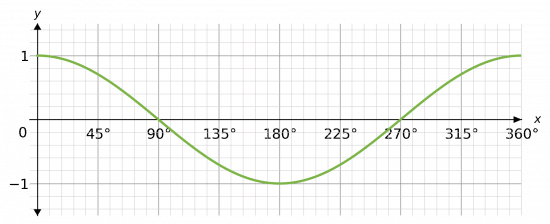
The key features of this graph you need to remember:
As with the sine graph, this portion is one period of the graph, so it is repeated for all the values before 0\degree and past 360\degree.
If we repeat this period a few times, we will see that the shape is exactly the same as the sine graph.

NOTE: If, at any point, you can remember the general shape of these graphs but can’t remember which graph is which, you can recall/calculate the values of \sin and \cos at zero, and then extend the pattern from there onward.
Level 6-7 GCSE AQA Edexcel OCR WJEC Cambridge iGCSE Edexcel iGCSEy=\tan x between -90\degree and 90\degree
is very different, it looks like the graph shown below.
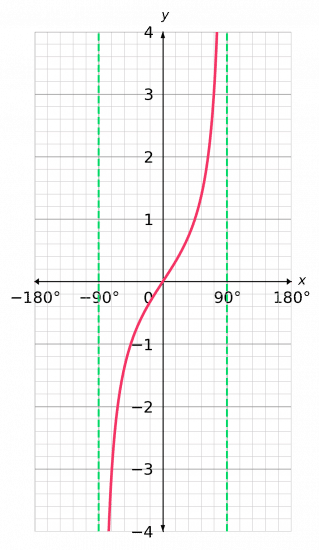
Key things you need to understand about this graph:
As with the previous graphs, this part only represents one period. However, this period repeats every 180\degree , unlike the previous graphs that are repeated every 360\degree .
Note : as the graph repeats, so do the asymptotes.
The result of repeating the shape a few times is shown below.
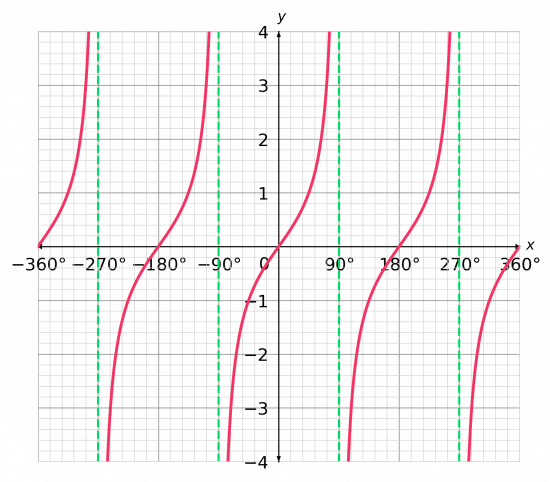
If anything, this graph is slightly simpler than the previous two, because it only crosses the axis once every 180\degree .
Level 6-7 GCSE AQA Edexcel OCR WJEC Cambridge iGCSE Edexcel iGCSEQuestion 1: On the same axes, plot the functions y=\sin(x) and y=\cos(x) between -180\degree and 180\degree .
[4 marks]
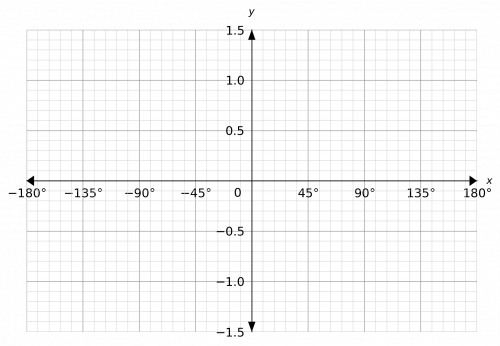
If you can’t remember their shapes, check a few points. So, we have that
Which is enough to start of the pattern of the \cos graph. Similarly, we have
Which is enough to start the pattern of the \sin graph. If you aren’t sure, just try more values. The resulting graph looks like:
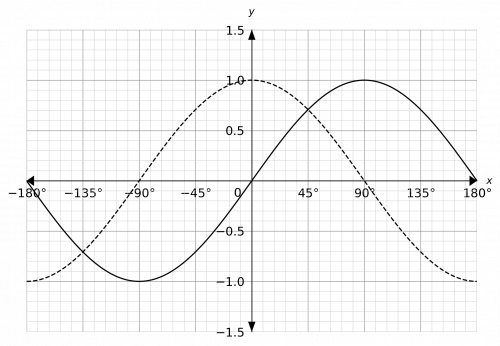
The solid black line represents the \sin graph and the dotted line represents the \cos graph.

Save your answers with
Show Answer Still marking manually? Save your answers withFind out more
Question 2: Plot the function y=\tan(x) from -360\degree to 360\degree .
[2 marks]
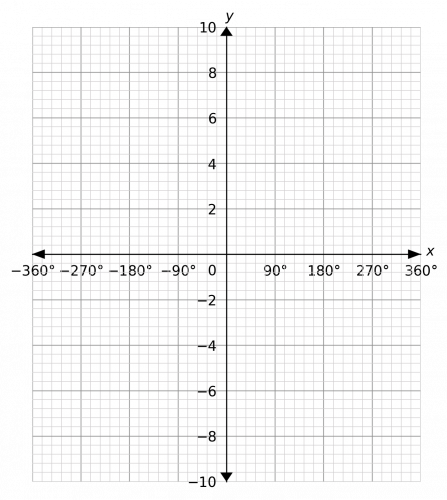
The \tan graph has an asymptote at 90\degree , and then again every 180\degree before and after that. Furthermore, we have that \tan(0)=0 and it gets bigger as it gets close to 90\degree . This enough to draw the graph. The result looks like:
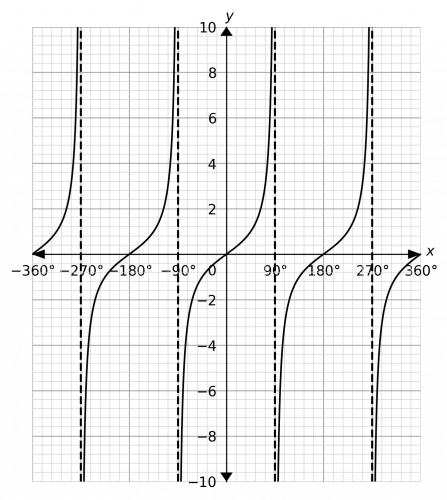

Save your answers with
Show Answer Still marking manually? Save your answers withFind out more
Question 3: Plot the function y=-\cos(x) between 0\degree and 360\degree .
[2 marks]
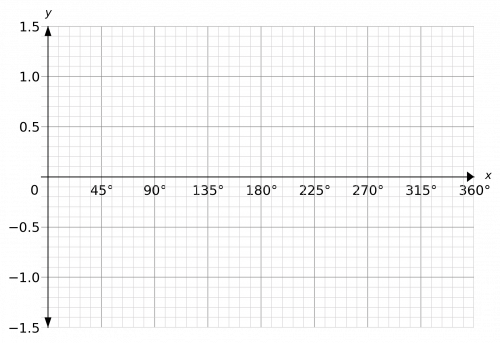
This is a transformation of the form y=-f(x) , which corresponds to a reflection in the x axis. In doing this, it would be helpful for you to draw a normal \cos graph, draw the reflection, and then rub out the first one.
To draw the \cos graph, consider that
This is enough to continue the pattern to 360\degree . The resulting graph should look like
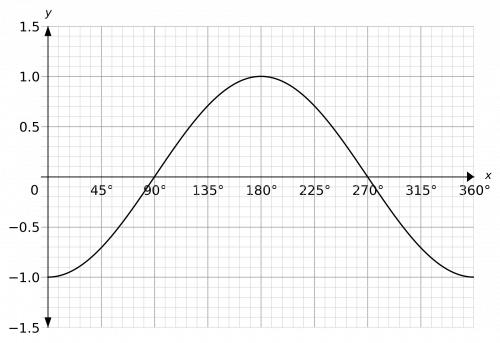

Save your answers with
Show Answer Still marking manually? Save your answers withFind out more
Question 4: Plot the function y=\sin(x) and y=2\sin(x) between -180\degree and 180\degree .
[4 marks]
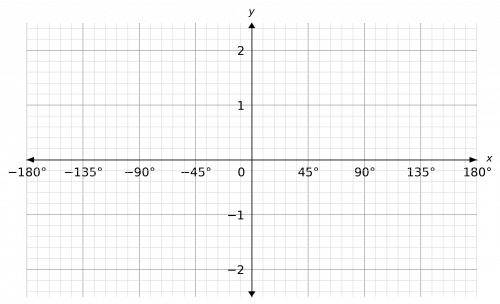
Here we will plot y=\sin(x) as a dotted line and y=2\sin(x) as a solid line. The resulting graph should look like
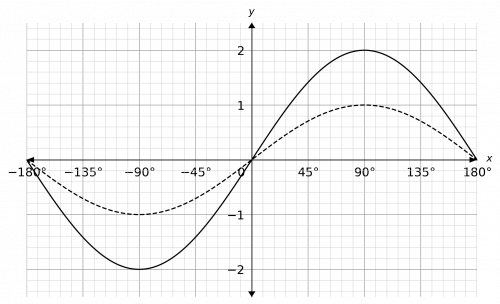

Save your answers with